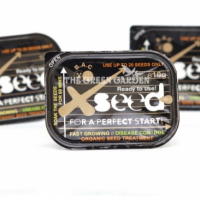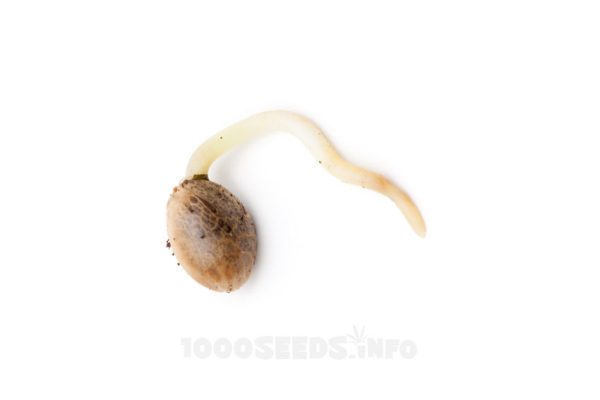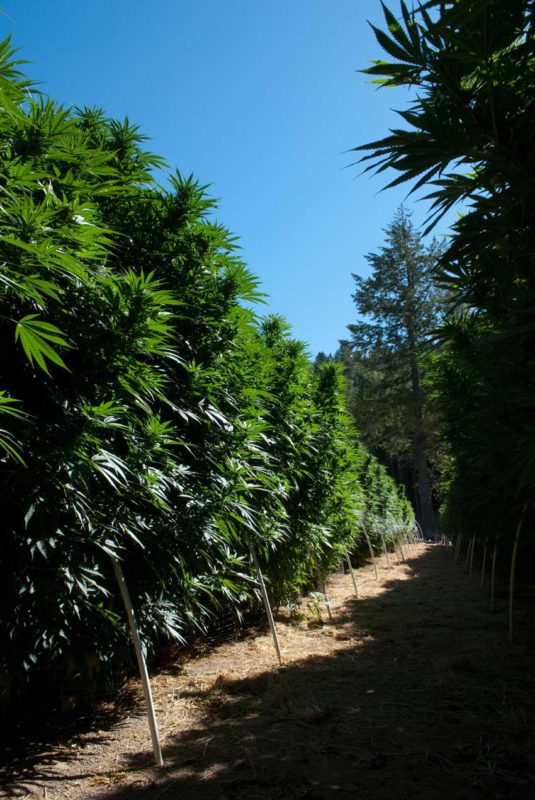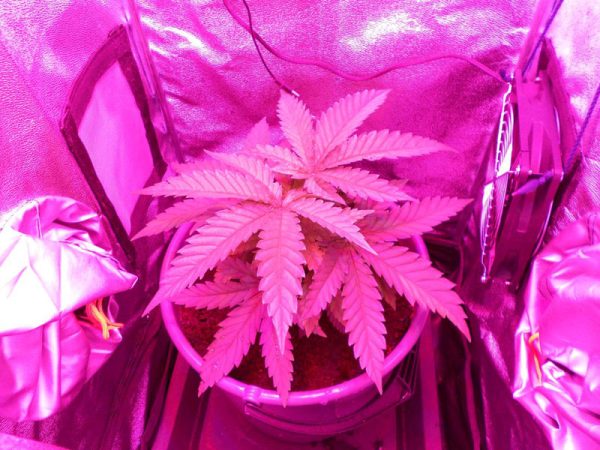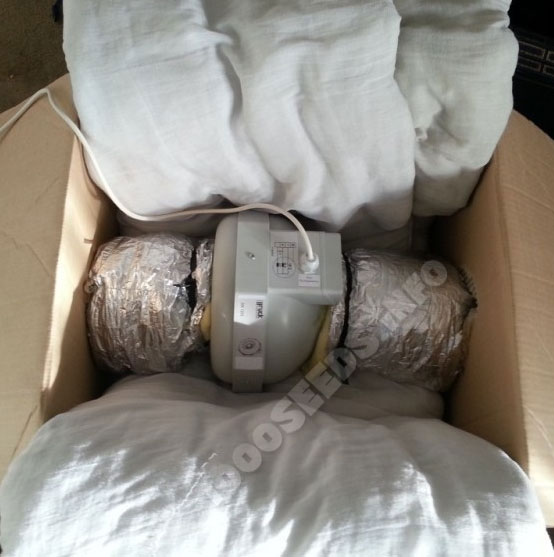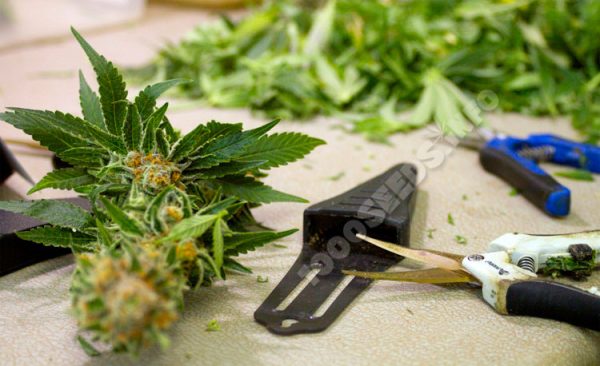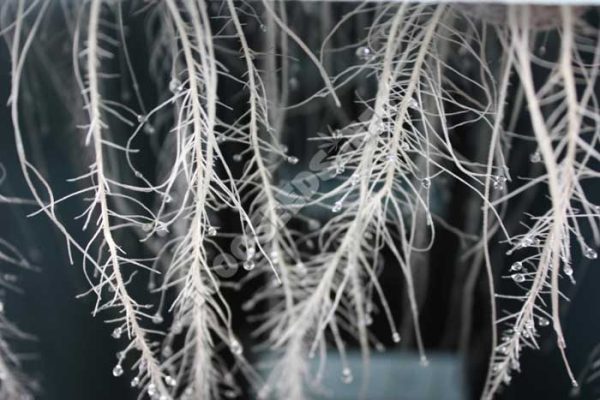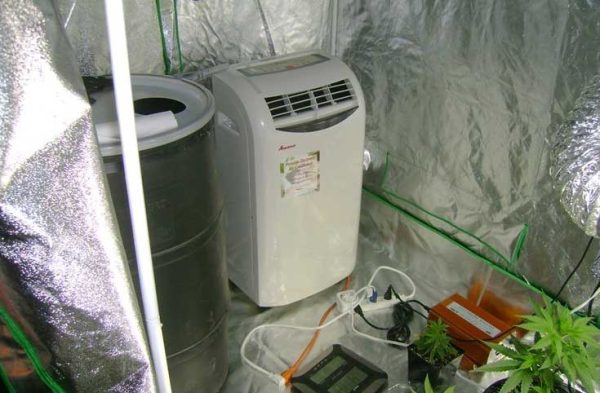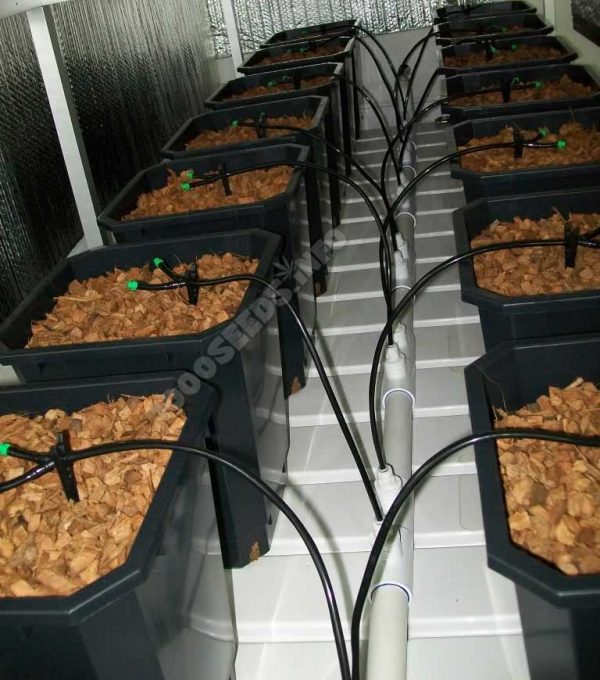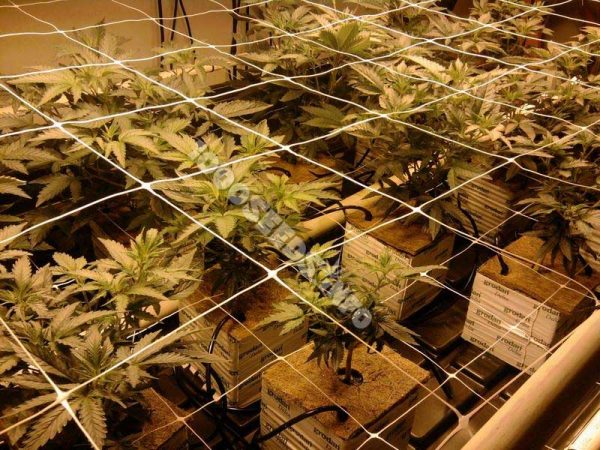Falling sickness with cannabis - causes and prevention
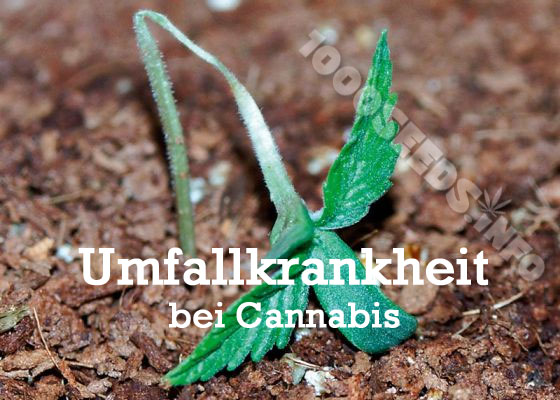
Falling sickness is a problem that can occur during and/or after germination and in the early growth phase and leads to the death of the young plants or seedling. Especially novice growers who do not yet have the right instinct have to struggle with it more often. Falling sickness is caused by fungi, especially Fusarium and Pythium, and is caused by a too wet planting medium and too high humidity.
The falling sickness kills the germinated seeds and seedlings within a very short time. A similar fungal disease is botrytis and stem rot, which can attack adult and already flowering plants. There are 2 different types of blight. On the one hand, the seed can already be affected during germination and does not even manage to get above the surface, on the other hand, young plantlets fall ill, whose stems soak up water and rot just above the surface and snap off. Both result in the death of the plant.
The cause, as already mentioned, is moulds that attack the seedling. They penetrate the stem tissue and lace it off near the ground. The style becomes weaker and thinner as a result and turns brownish. When the fungus has completely cut off the fluid circulation in the stem, the plantlet dies.
Falling sickness is caused by different types of mould, but mainly by Pythium and Fusarium. The fungal spores are found in the air, water, soil substrate or the plant. Normally they are not a big problem. However, if the environmental conditions are too humid, they have the opportunity to spread and attack the plants.

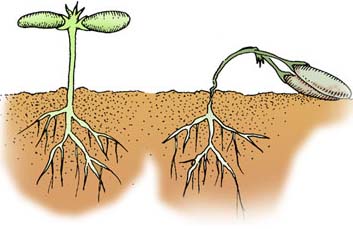
Fusarium
Fusaria are moulds and belong to the genus of tubular fungi. There are many different types and they are one of the biggest problems in agriculture. Fusaria cause rotting of roots and stems. The US government used a Fusarium species, Fusarium oxysporum, in the fight against cannabis and coca plantations in South and Central America. This is why it is also known as "Agent Green" and unfortunately it is impossible to imagine our world without it.
Pythium
Pythium also belongs to the moulds and spreads via water. It forms two different types of spores, namely sponge spores and resistant spores. These infest the base of the plant and cause the stem and root to rot.
Avoidance of the overturning disease
Falling sickness can be avoided by the correct moisture of the soil. A too wet medium and too frequent watering are almost always the cause of this nasty disease. It is therefore important to check the soil daily and to give the young plants or seeds only as much water as they really need. Therefore, only sprinkle a little water at the beginning when the soil has dried out on top. Seeds and young plants should therefore always be planted in a medium that passes the water on well and does not "bog down". Therefore, coco, jiffies or rock wool, which can hardly be overwatered, are particularly suitable. In addition, plant pots should be used from which excess water can drain off well. It is advisable to fill the bottom with a layer of expanded clay, which drains the water very well.
Unlike cuttings, seedlings should never be placed in a greenhouse or covered for the first few weeks. There the humidity is too high and the fall sickness can easily spread.
It is also important to place the young plantlets under a fluorescent tube or other suitable light source as soon as they come out of the ground. Light inhibits fungal attack and sufficiently lit plants are much less susceptible to fall sickness.
Tip from Juan: It has proven useful to soak the seeds in water before germination. Xseed from BAC before germination. This not only promotes germination, but also inhibits fungal infestation!
<<mehr Grow Tipps im Growlexikon>>






